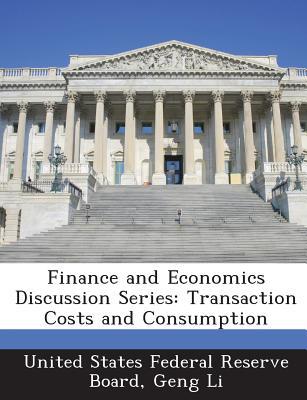Question
Smith Industries issued $10,000,000 of corporate bonds with a 30-year maturity five years ago. The bonds have a coupon rate of 10.125 percent, paying interest
Smith Industries issued $10,000,000 of corporate bonds with a 30-year maturity five years ago. The bonds have a coupon rate of 10.125 percent, paying interest semiannually, and have a par value of $1,000 per bond. The bonds are currently trading at a price of $879.625 per bond. A 25-year Treasury bond with a 6.825 percent coupon rate (paid semiannually) and $1,000 par is currently selling for $975.42.
1. Determine the yield spread between the corporate bond and the Treasury bond. If you are considering investing in Smiths bonds and you have an 11 percent required rate of return, would you purchase them, assuming you plan to hold them to maturity? Why or why not?
2. Alternatively, you are considering purchasing Smiths preferred stock. Assume the preferred stock has a current market price of $42, a par value of $50, and a dividend of 10 percent of par. Would you be willing to buy the firms preferred stock? Why or why not? You have a required rate of return of 12.5 percent for investment of this type. 3. Now assume that Smith has EPS of $1.89; 750,000 common shares outstanding; and recently paid a dividend of $0.65 per share. Additionally, the firm generated a net income of $1,417,500 and has common stockholders equity of $6,000,000 (book value). You believe the firm is in a constant rate of growth and your required rate of return for investments of this risk level is 18 percent. The firms common stock is currently trading for $45 per share. Based upon this information, would you be willing to purchase shares of common stock in the firm? Why or why not? Use both the dividend growth valuation model and free cash flow approach to determine your answer. The firms current free cash flow is $109,237. Use the firms weighted cost of capital of 15.83 percent as the appropriate discount rate. There are 50,000 shares of preferred stock outstanding.
Hint: The rate of growth (g) of either dividends or FCF is determined by multiplying the firms retention rate or (1 dividend payout ratio) by the firms Return on Equity (ROE).
Growth rate = equity / equity = retained earnings / equity = retained earnings /income income/ equity = retention rate ROE = (1 dividend payout ratio) ROE
You can calculate the stock intrinsic value based on two approaches below:
1. Dividend growth valuation model where stock intrinsic value per share = D1/ (r g), assuming the dividend grows at a constant rate of g.
2. Free cash flow approach where stock intrinsic value per share = total equity value / # of common stock shares
Total equity value = PV of the free cash flow to the firm - market value of the debt - market value of preferred stock
PV of the free cash flow to the firm = free cash flow to the firm next year / (the cost of capital g)
Step by Step Solution
There are 3 Steps involved in it
Step: 1

Get Instant Access to Expert-Tailored Solutions
See step-by-step solutions with expert insights and AI powered tools for academic success
Step: 2

Step: 3

Ace Your Homework with AI
Get the answers you need in no time with our AI-driven, step-by-step assistance
Get Started


